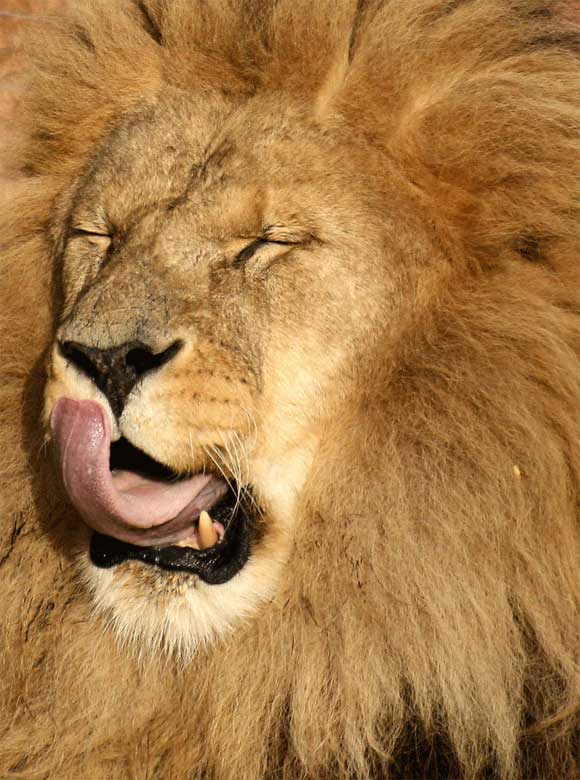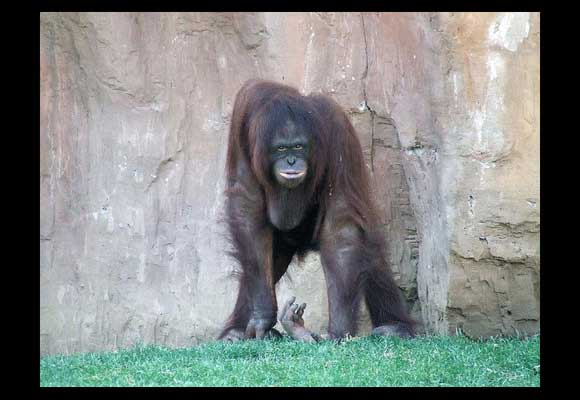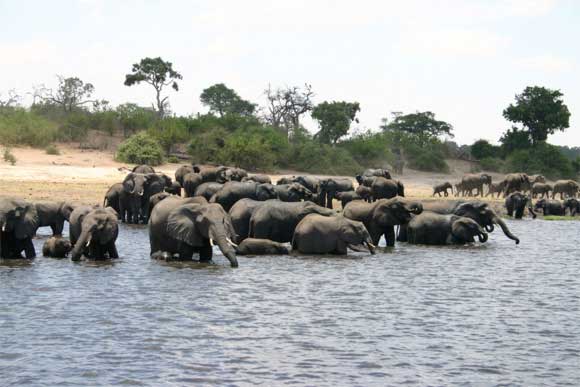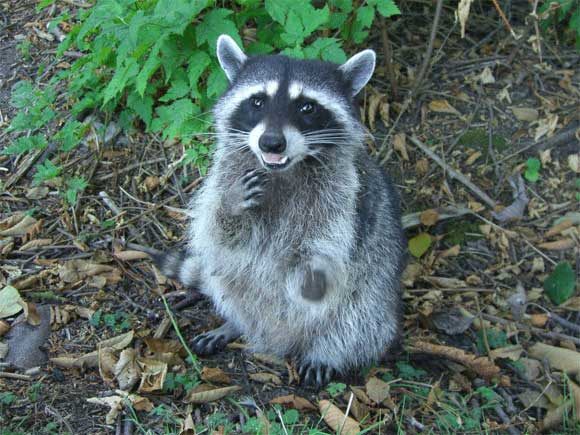Few things can bring a smile to someone’s face faster than a cute picture of an animal. Unfortunately, animals can be tricky to photograph. This is especially true if your shot includes several subjects or you are trying to photograph children in addition to the critters. That perfect shot, however, can be critical to your success as an animal photographer, whether you plan to keep your photography more on a personal level or plan to sell your photographs for postcard printing or magazine ads.
Tips for Photographing Animals
Photography Tutorial : Tips for Photographing Animals
(Picture Source: Wikipedia)
If you have an animal photography project looming but are having trouble with the logistics, the following are a few tips on conquering the animal kingdom successfully with camera in hand.
Camera Settings: Shutter Speed, ISO, and F/Stop…Oh My!
Photography Tutorial : Tips for Photographing Animals
(Picture Source: 66164549@N00
and Animal Photos!)
Your camera settings will make or break your shoot — no matter what your subject may be. While we can’t tell you the exact settings to make sure every shot is perfect, there are some general settings and rules you can follow. Then adjust as needed while on the shoot.
Shutter speeds between 1/250-1/1000 are ideal for freezing time and catching a clean shot. Your ISO can start around 200, but don’t be afraid to shift up or down as needed. An f/stop of f5.6 is usually a good starting point with a fast shutter speed and an ISO of around 200. Remember that these are ballpark settings. You will likely need to adjust to meet your specific needs.
Identify type
Identify Type
(Picture Source: mattknoth
and Animal Photos!)
The first thing to consider when shooting animals (with a camera, not a gun) is the type. Animals in their natural habitat will be photographed with a different technique than zoo animals or domesticated pets. For example, with domesticated pets you may have a lot more control of lighting and background than shooting at the zoo or in the wild.
Stalk your prey
(Picture Source: jacobocanady
and Animal Photos!)
Every animal behaves differently. You cannot expect identical behaviors in any two of the same species. Some will be hyperactive and difficult to keep an eye on , and some will be so lazy that you beg them to yawn. So the key to getting a good picture is watching a creature long enough to be able to predict their next move. A little research goes a long way, so take some time to review the general tempermant of the animals you will be photographing.
Wildlife
Photography Tutorial : Tips for Photographing Animals
(Picture Source: i_pinz
and Animal Photos!)
Animals in the wild are easily spooked. Think like a hunter when you’re going out for a (photo) shoot. Dress in clothing that will blend in with your environment. You will get the best pictures if the animals can remain ignorant of your presence, unless you are going for that “deer in the headlights†look.
Zoo Animals
Photography Tutorial : Tips for Photographing Animals
(Picture Source: feverblue
and Animal Photos!)
When shooting zoo animals, get there early. If you wait until too late in the afternoon, there will be groups of people everywhere. Early morning ensures great lighting. Plus, the animals are most likely to be lively and photogenic right after they’ve risen for the day. You may also catch feeding times, which can make for interesting facial expressions and postures.
Domesticated pets
Photography Tutorial : Tips for Photographing Animals
(Picture Source: roberto_ferrari
and Animal Photos!)
Unless your subject matter is a litter of newborn puppies, don’t use a studio to photograph pets. Instead, show them in their natural environment: chewing on a pair of socks, slobbering all over a ball, jumping up in the air to catch a Frisbee, licking its owner. Action shots are your best bet for a great picture. Like natural animals, though, try to make yourself as non-intrusive as possible. Cats will probably just walk away from you, but dogs will take the opportunity to jump all over you and make you their new best friend.
Take multiple shots
Photography Tutorial : Tips for Photographing Animals
(Picture Source: rodrigobasaure
and Animal Photos!)
When photographing animals of any sort, make sure to take a quick succession of several shots. This will show a progression of action and, when used in sets of three or more, make for really great showcase pieces.
Personality
Photography Tutorial : Tips for Photographing Animals
(Picture Source: yel02
and Animal Photos!)
As with any human client, take into account the personality of the animal being captured in film. Try to personify your animal subject matter as much as possible. That’s when you will get the best reaction to your photographs. Wise-looking elephants, wry monkeys, seductive jaguars, and playful Labradors are both cute, funny, and representative of their breed.
So tell us, how much important this tutorial for you, we are lacking anything or forget to mention here – kindly let us know.



















Good and handy tips keep up the good work
Great post and some really great tips on shooting animals. Never shoot with children and animals they say but i am sure your tips will make it a little easier for people to give it a go.
Tara, thanks for this tips. But, probably, there should be another one: don’t be afraid of animals you want to photograph 🙂
I am not good with my camera. These animal photos look really cool, especially the lion photo, I love it so much! The lion looks so alive!! Love your photography tips, thanks so much for sharing these!
Really its a very useful article for a wildlife photographer. Not for a experienced, just for beginners and next level of beginners..